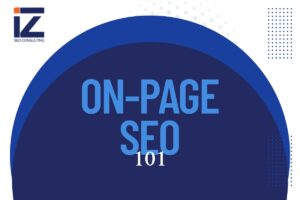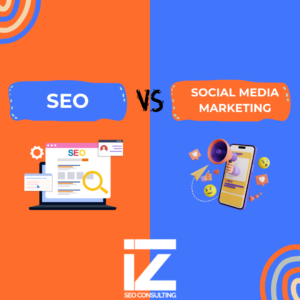Search engine optimization is not a quick fix. Unlike paid ads that offer immediate visibility, SEO represents a marathon built on consistency, quality, and trust. Business owners frequently ask, “How long does SEO take?” — and the honest answer remains: it depends.
But one thing stands certain—SEO takes time to get results, and understanding why proves essential for anyone serious about building lasting online visibility. Indexed Zone SEO helps break down what companies can expect from SEO efforts, realistic month-by-month goals, and how brands benefit long-term.
Why SEO Takes Time: The Core Truth
Search engines reward relevance, authority, trust, and user experience. These elements don’t happen overnight – they develop over time through dedicated effort.
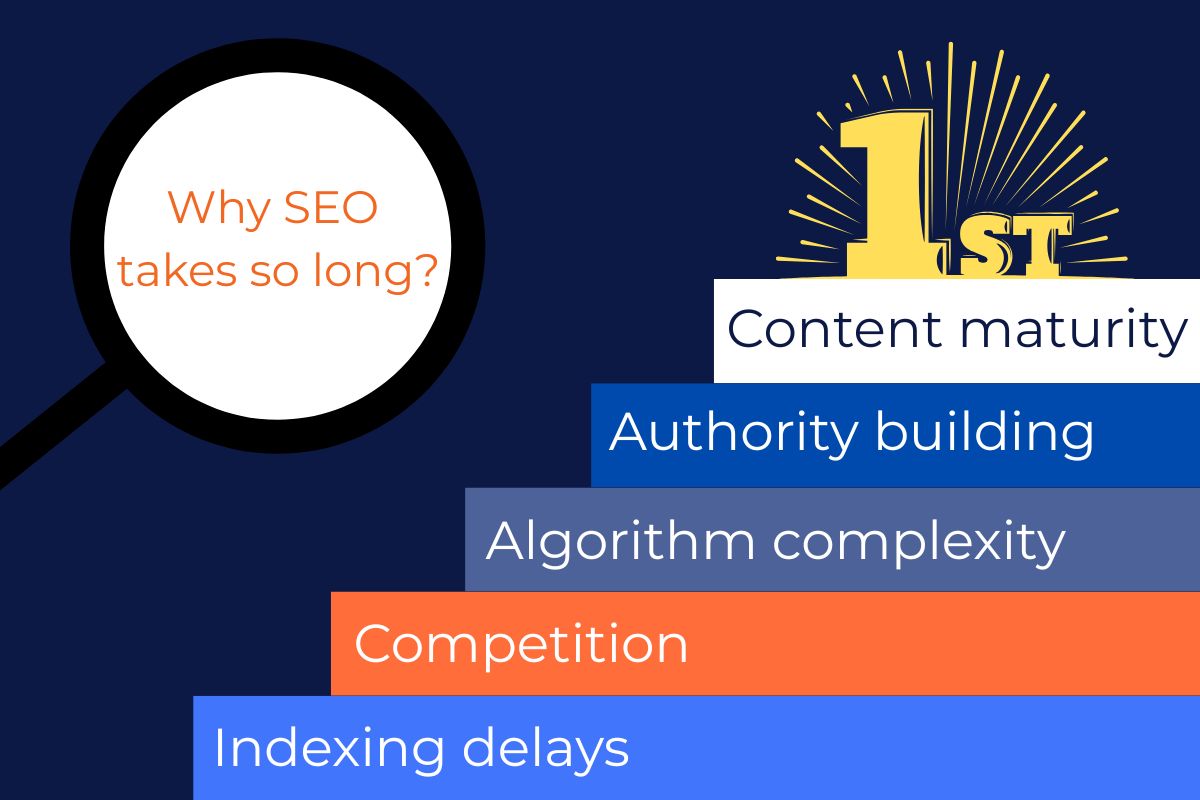
The main reasons why SEO takes so long include:
- Indexing delays – After publishing, content needs to be crawled, indexed, and evaluated before it can appear in rankings. From publish to indexed: What speeds it up?
- Submit XML sitemap & reference it in robots.txt
- Use URL Inspection → Request Indexing for priority pages
- Check Crawl Stats and server logs for bottlenecks
- Fix soft-404s, duplicate content, and slow TTFB
- Competition – When targeting high-volume keywords, competitors have already built trust and backlinks—closing that gap requires significant effort.
- Algorithm complexity – Google evaluates hundreds of ranking factors: content quality, site speed, backlink profile, mobile usability, Core Web Vitals, and more. Recent core updates (e.g., March 2024) reshuffled many rankings.
- Authority building – Backlinks and brand signals take time to accumulate, especially in competitive niches.
- Content maturity – Google often prefers older, updated, well-performing content. Studies show the average #1 ranking page is nearly 5 years old, proving steady updates win over time.
How Long Does SEO Take to Work?
Most campaigns begin to show meaningful progress between 3 and 6 months, but reaching the top positions for competitive terms can take 12 months or longer. Google itself has stated that 4–12 months represents a normal horizon for SEO results.
Key Variables That Influence Timeline
- Website history – New domains take longer than aged, trusted sites
- Content quality & volume – More high-value content equals faster growth
- Backlink profile – Strong links accelerate authority building
- Technical health – Crawl errors, slow speed, broken pages, all slow progress
- Competition level – High-authority competitors take more time to outrank
Quick takeaway: Businesses should expect 3–6 months for early signs and 12+ months for consistent high rankings and ROI.
SEO Long-Term Strategy — Here’s Why It Matters
Search engine positioning is not a one-and-done campaign. An effective SEO long-term strategy requires:
- Consistency in content creation
- Link earning over time (digital PR, outreach, natural citations)
- Ongoing technical refinement
- Monitoring and adapting to algorithm updates
A strong plan also includes quarterly audits, content refreshes, and continuous keyword research. Smart businesses think of SEO as building equity in their brand rather than renting visibility with ads.
Historical Optimization (The Fastest Wins)
Updating underperforming posts with new data, expanded FAQs, and stronger internal links often delivers faster ranking boosts than creating brand-new content.
When Should I Expect SEO Results? A Month-by-Month Breakdown
In order to set clear expectations, you need a full understanding of SEO’s progression. With that in mind, let’s have a look at a general timeline.
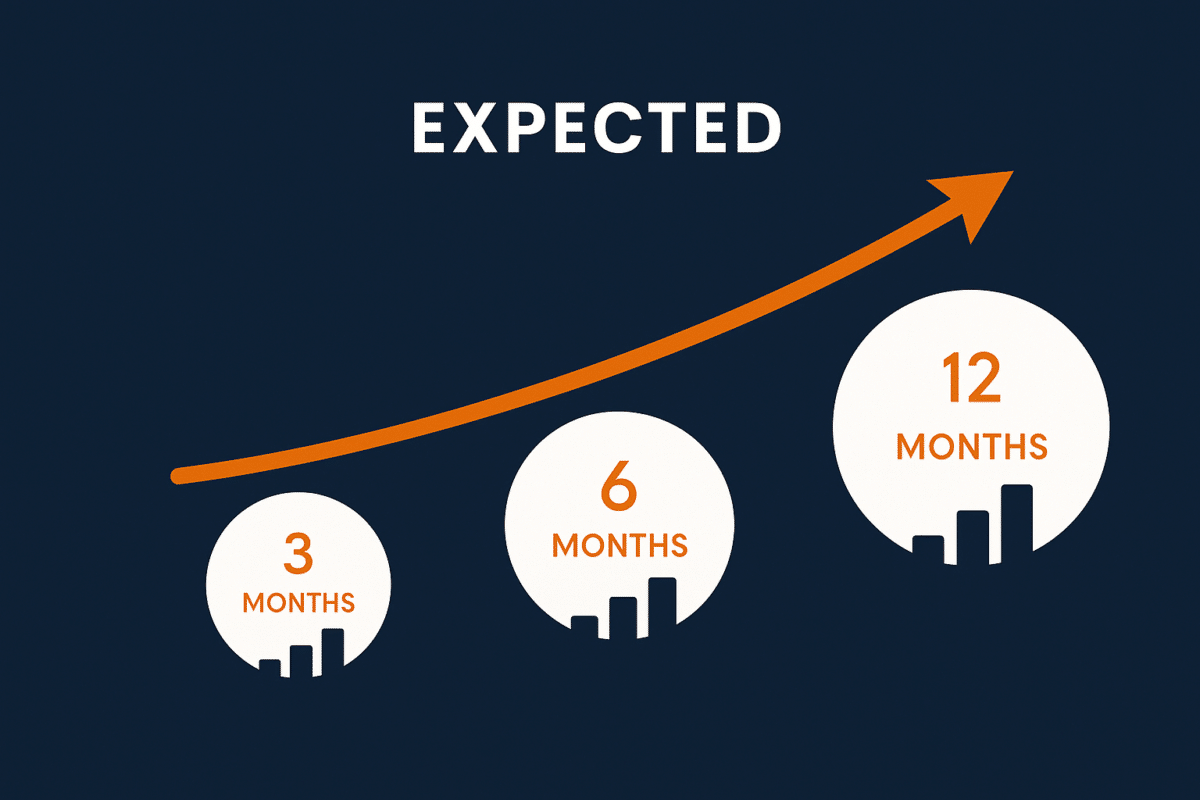
Month 1
- Strategy planning, keyword research, site audit
- Technical fixes begin
- Content gap analysis
Months 2–3
- New content publishing ramps up
- On-page SEO and internal linking improvements
- Technical SEO continues
Months 4–6
- Keyword positioning starts to improve
- Early ranking increases on long-tail terms
- Backlink outreach campaigns begin
Months 6–12
- Pages gain more authority and engagement
- Rankings improve noticeably
- Leads/conversions begin to pick up
- Digital PR and scaling efforts
Beyond 12 Months
- SEO evolves into a core brand strength
- Competitive keywords start ranking
- ROI becomes clear and measurable
The Role of Content Depth and Topical Authority
SEO takes time to get results because Google rewards depth and authority over superficial content.
Content depth includes:
- Answers multiple layers of intent
- Uses FAQs, examples, stats, visuals
- Anticipates follow-up questions
- Stays refreshed with updates
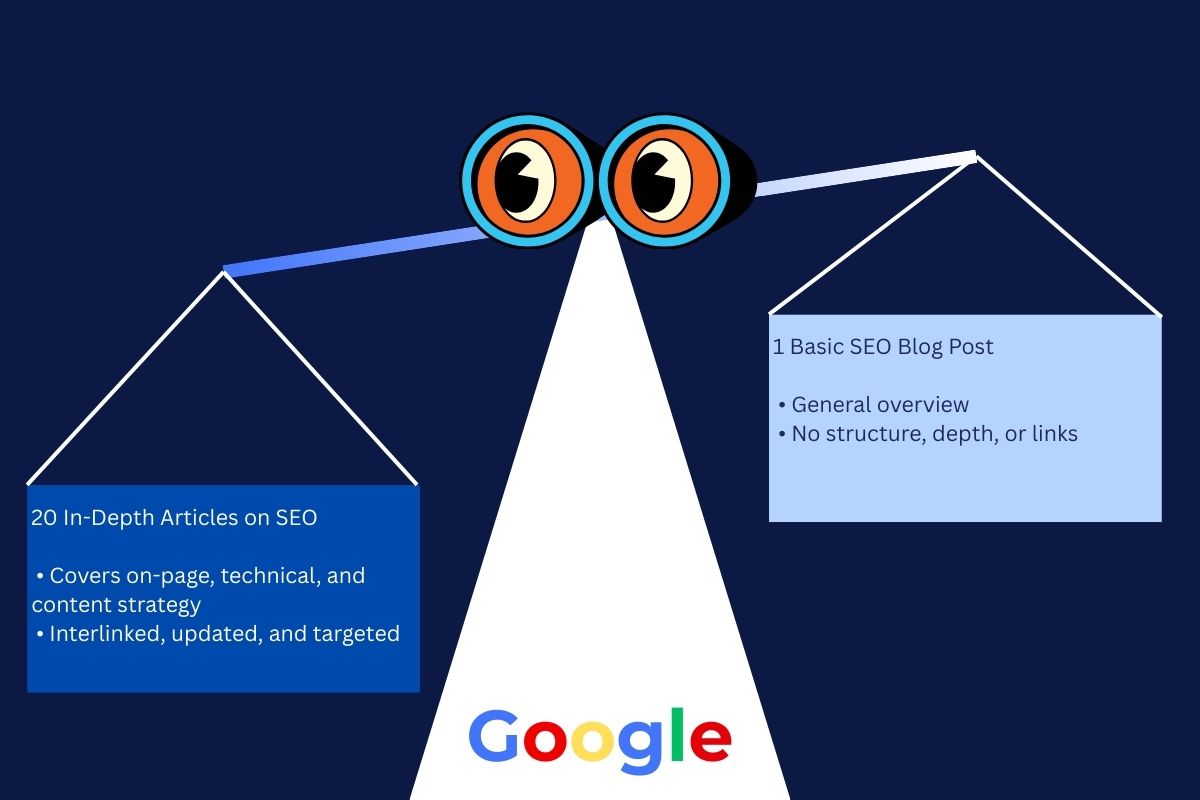
Topical authority develops through:
- Over time, this makes businesses trusted subject matter experts and shortens ranking timelines
- A network of interlinked, high-quality content
- Google prefers a site with 20 in-depth guides on SEO vs. one generic blog post
How Google’s Trust Signals Shape SEO Results
Google gauges trust using E-E-A-T: Experience, Expertise, Authoritativeness, Trustworthiness. These signals strengthen over time as:
- Users interact (low bounce, repeat visits, shares)
- Other sites link and cite the content
- Brand mentions and reviews grow
For YMYL niches (finance, health, legal), this trust check proves even stricter. But once businesses cross that threshold, rankings stabilize and become resilient to updates, helping to strengthen your brand presence online.
What About AI Search Results?
With AI Overviews and AI features rolling out in Google, many wonder how long it takes for SEO to take effect in this new landscape. The truth: the fundamentals remain the same. People-first, original content with clear value is more likely to be surfaced in both classic results and AI responses.
Focusing on unique insights, structured data, and source citations ensures SEO investment pays off across both search formats.
FAQs
What is considered a long-term SEO strategy?
A 12+ month plan combining publishing, link earning, technical SEO, and continuous optimization that adapts to market changes.
How long does SEO take to show results for local businesses?
Local SEO (Google Business Profile optimization, consistent NAP citations, and review velocity) often shows results within 1–3 months for local businesses.
Can SEO results drop after reaching the top?
Yes. Competitors can overtake rankings with fresher content or stronger links. Core updates can also shift rankings—resilience comes from ongoing optimization.
How long does it take for SEO to start working safely?
- Target long-tail keywords with less competition
- Publish consistently
- Fix technical issues early
- Earn quality backlinks via PR and partnerships
- Update old content quarterly
- Avoid shortcuts or black-hat tactics—short spikes often lead to long-term penalties
How long until Google indexes new pages?
Anywhere from a few days to a few weeks. Businesses can use URL Inspection to request indexing, link internally, and ensure crawlability.
Turn Patience Into Performance
SEO represents an investment, not a sprint. Asking “how long does SEO take?” comes naturally—but a better question becomes “how do businesses align their strategy with patience?”
When companies focus on quality work, consistent output, trust signals, and smart technical fixes, the payoff compounds significantly.
High search visibility not only drives traffic but positions businesses as trusted authorities. Seeing brands across page one builds recognition, loyalty, and credibility among target audiences.
This explains why SEO takes time to get results—because real authority can’t be rented. It must be earned through consistent, strategic effort that builds lasting value for both businesses and their customers.

